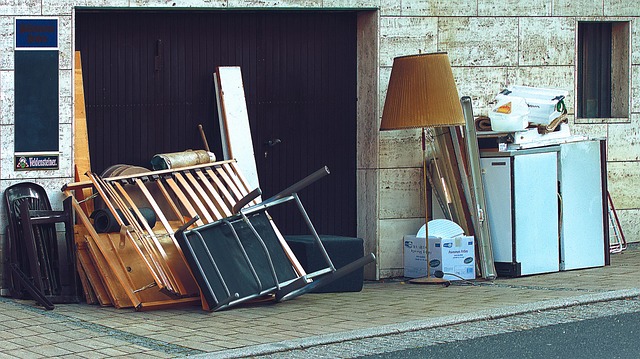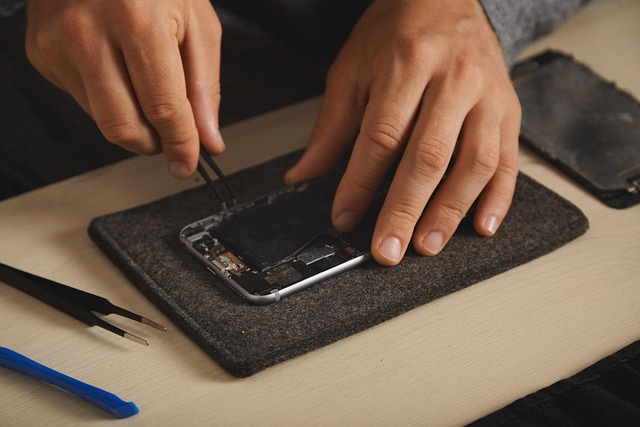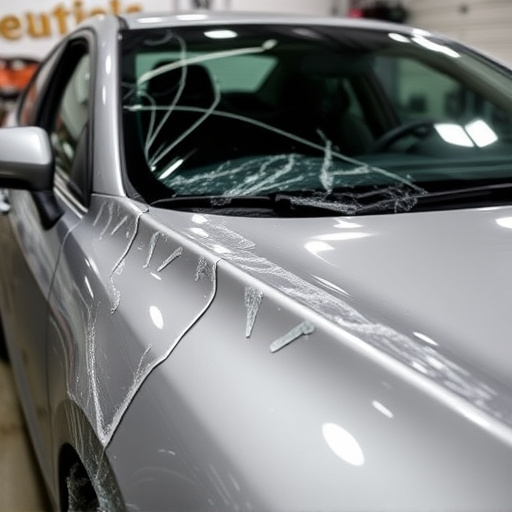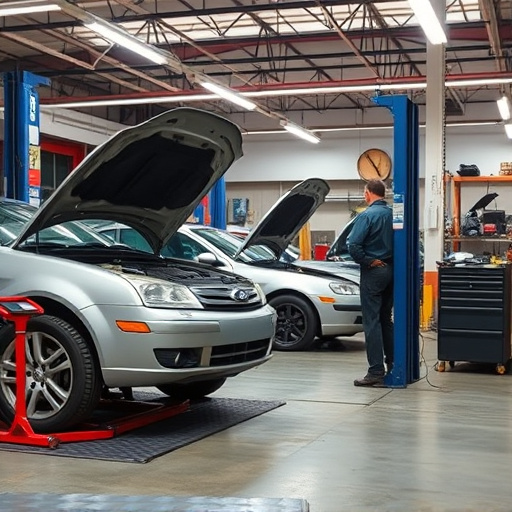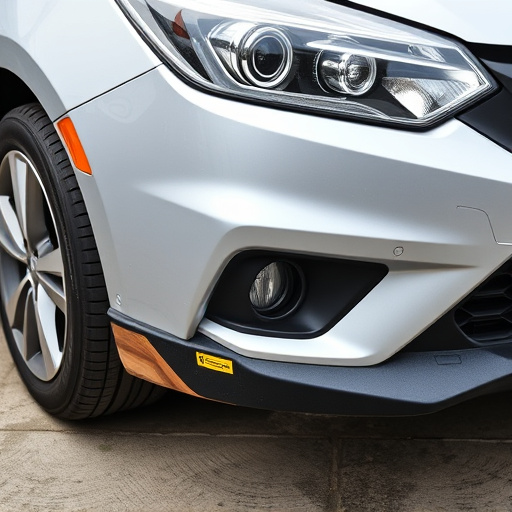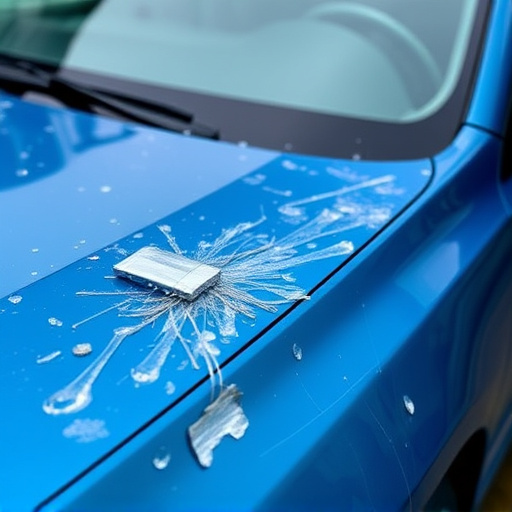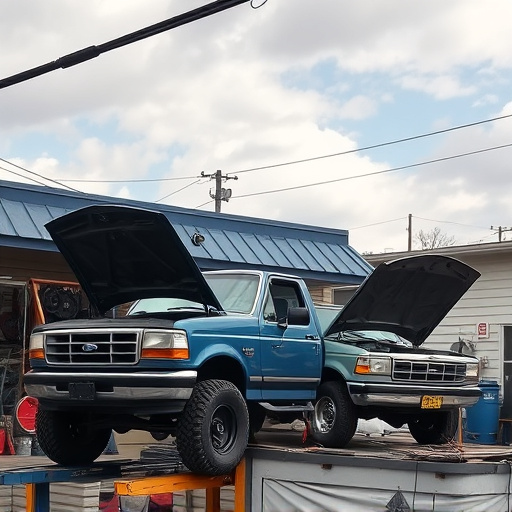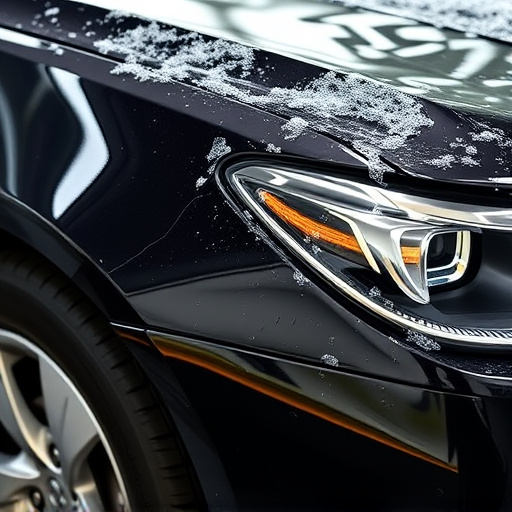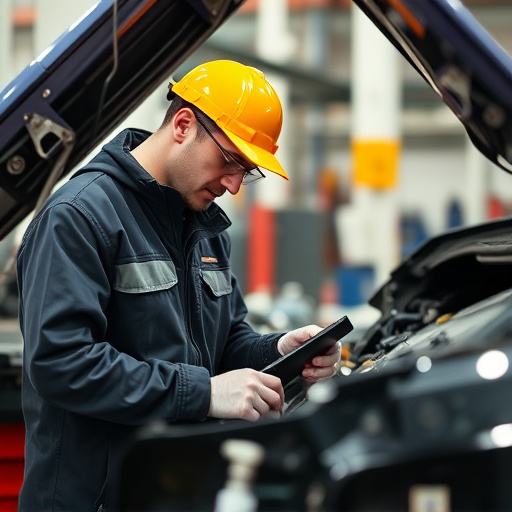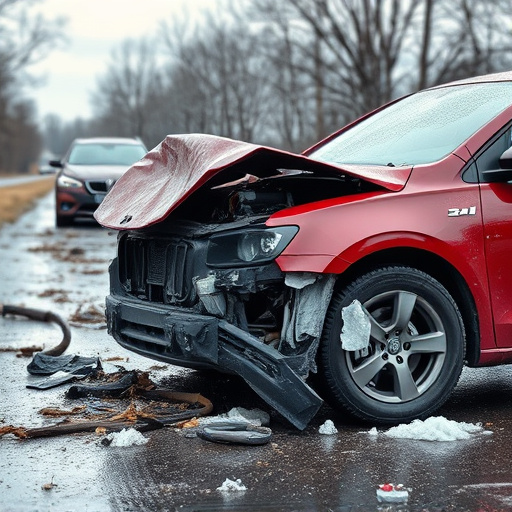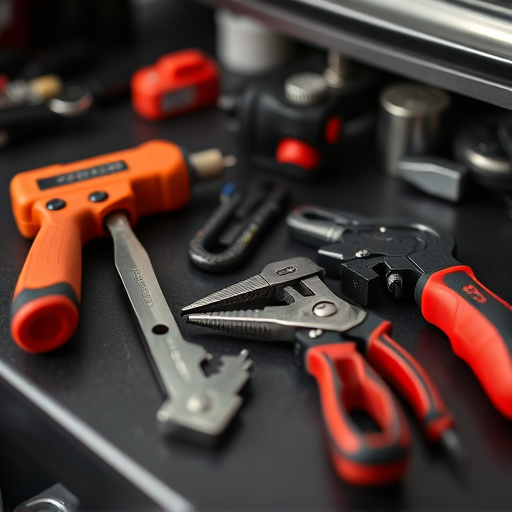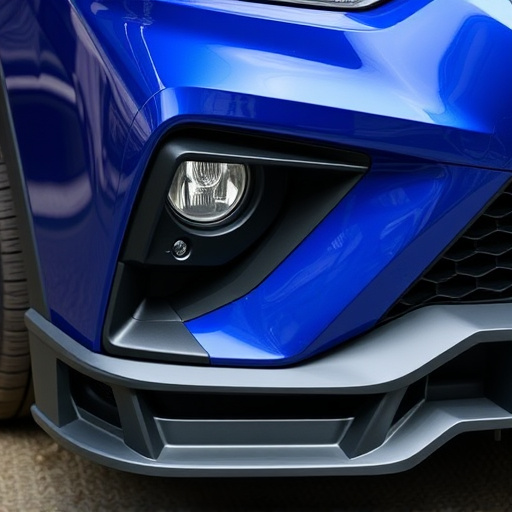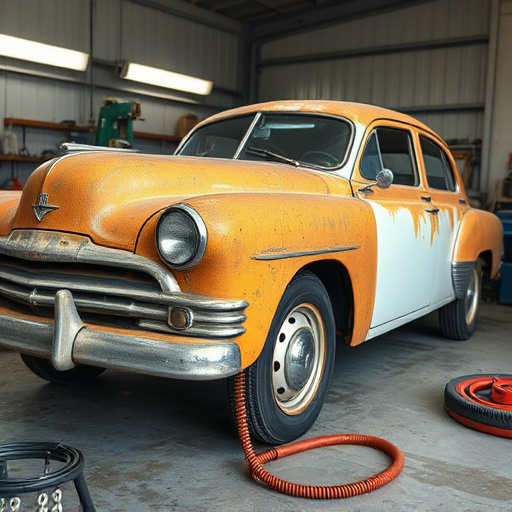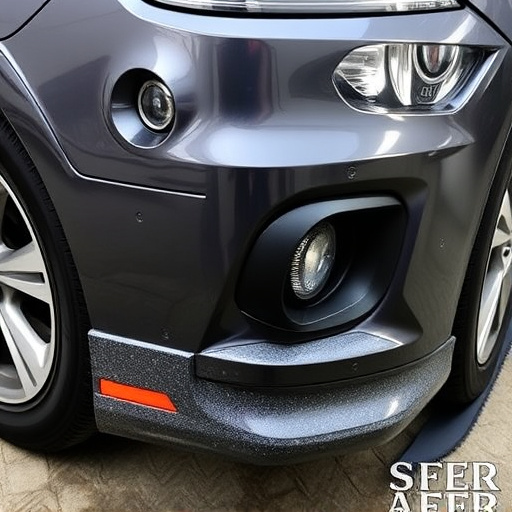Tesla's structural repair training program is a comprehensive, hands-on education for professionals to maintain the post-collision integrity of Tesla vehicles. Combining theoretical knowledge with advanced tools, this training covers metal fabrication, panel replacement, and alignment, emphasizing detail, quality parts, and adherence to manufacturer guidelines. The goal is to restore vehicles to their original safety standards and reliability comparable to new ones, handling various collision repair scenarios from minor dents to severe crumple zones.
Tesla vehicles are renowned for their cutting-edge technology and innovative design. After a collision, proper structural repair is crucial for safety and vehicle integrity. This article explores Tesla’s specialized structural repair process, delving into the comprehensive training methods that equip technicians with the expertise needed. We’ll uncover best practices to ensure post-collision integrity, highlighting the significance of Tesla structural repair training in maintaining the brand’s high standards and customer satisfaction.
- Understanding Tesla's Structural Repair Process
- Training Methods for Expertise in Collision Repair
- Ensuring Post-Collision Integrity: Best Practices
Understanding Tesla's Structural Repair Process
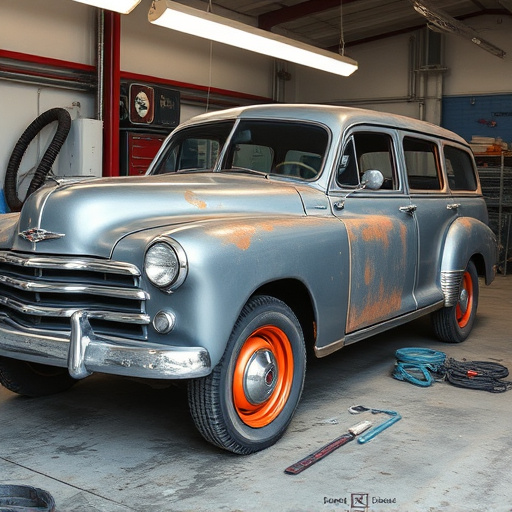
Tesla’s commitment to safety extends far beyond its innovative vehicle technology. At the heart of this lies their rigorous Tesla structural repair training program, designed to equip professionals with the knowledge and skills necessary for post-collision integrity. This comprehensive training is pivotal in ensuring that Tesla vehicles, known for their cutting-edge design, maintain their structural integrity after an accident.
The process begins with a deep dive into understanding the unique construction of Tesla cars, focusing on advanced materials and intricate designs. Technicians learn to assess damage meticulously, utilizing specialized tools and software to pinpoint weaknesses and plan repairs accordingly. This meticulous approach ensures that every component is restored to its original specifications, guaranteeing both safety and performance in what was once a damaged auto collision center. The training also highlights the importance of automotive body work, teaching professionals to seamlessly blend replacement parts with the existing structure for a flawless finish.
Training Methods for Expertise in Collision Repair
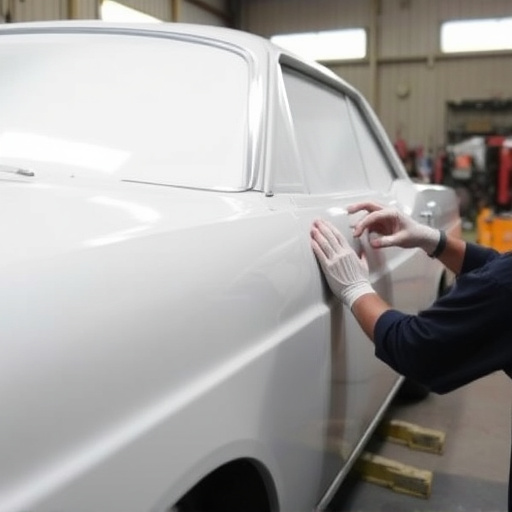
Tesla structural repair training is a meticulous process designed to equip professionals with the expertise needed for complex car collision repairs. This involves an immersive blend of theoretical knowledge and hands-on practice, ensuring technicians understand the intricate dynamics of vehicle structures. Through advanced simulation tools and real-world scenarios, students learn to navigate the challenges posed by diverse collision patterns, from minor dents to severe crumple zones.
The training methods go beyond mere instruction in car paint repair or vehicle body shop practices. It delves into the science behind structural integrity, teaching professionals how to accurately assess damage, disassemble components, and precisely rebuild them without compromising post-collision safety standards. This holistic approach not only enhances the quality of repairs but also fosters a culture of precision and reliability within the industry.
Ensuring Post-Collision Integrity: Best Practices
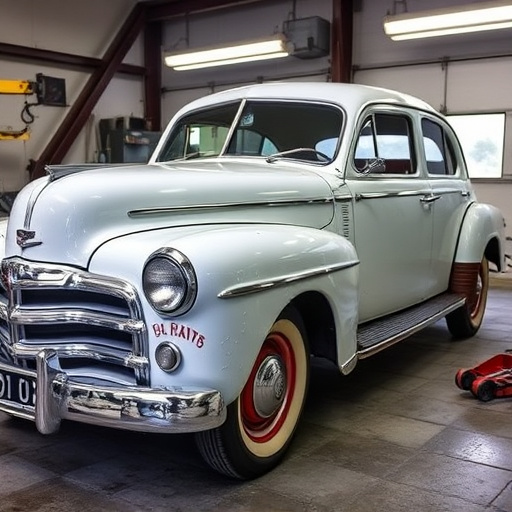
When it comes to Tesla structural repair training, ensuring post-collision integrity is paramount. Professional technicians undergo specialized courses that teach them how to accurately assess and fix vehicle damage while maintaining structural stability. This involves learning advanced techniques for metal fabrication, panel replacement, and alignment, which are crucial in preserving the car’s original integrity and safety features.
Best practices in post-collision repair include meticulous attention to detail, using high-quality parts, and adhering to manufacturer guidelines. Technicians must also be adept at handling complex geometrics and intricate panels common in modern cars, such as those found in classic car restoration or Mercedes Benz collision repair scenarios. Proper training equips them with the skills needed to address these challenges effectively, guaranteeing that repaired vehicles are just as safe and reliable as new ones.
Tesla’s commitment to safety and innovation extends beyond its vehicles, as demonstrated by their rigorous structural repair training programs. By focusing on expert collision repair techniques and prioritizing post-collision integrity, Tesla ensures that their vehicles not only meet but exceed industry standards. This comprehensive approach not only guarantees the safety of Tesla owners but also contributes to the overall sustainability of automotive repairs, setting a new benchmark in the industry. Through continuous training and best practices, Tesla structural repair stands as a model for excellence in vehicle restoration.
